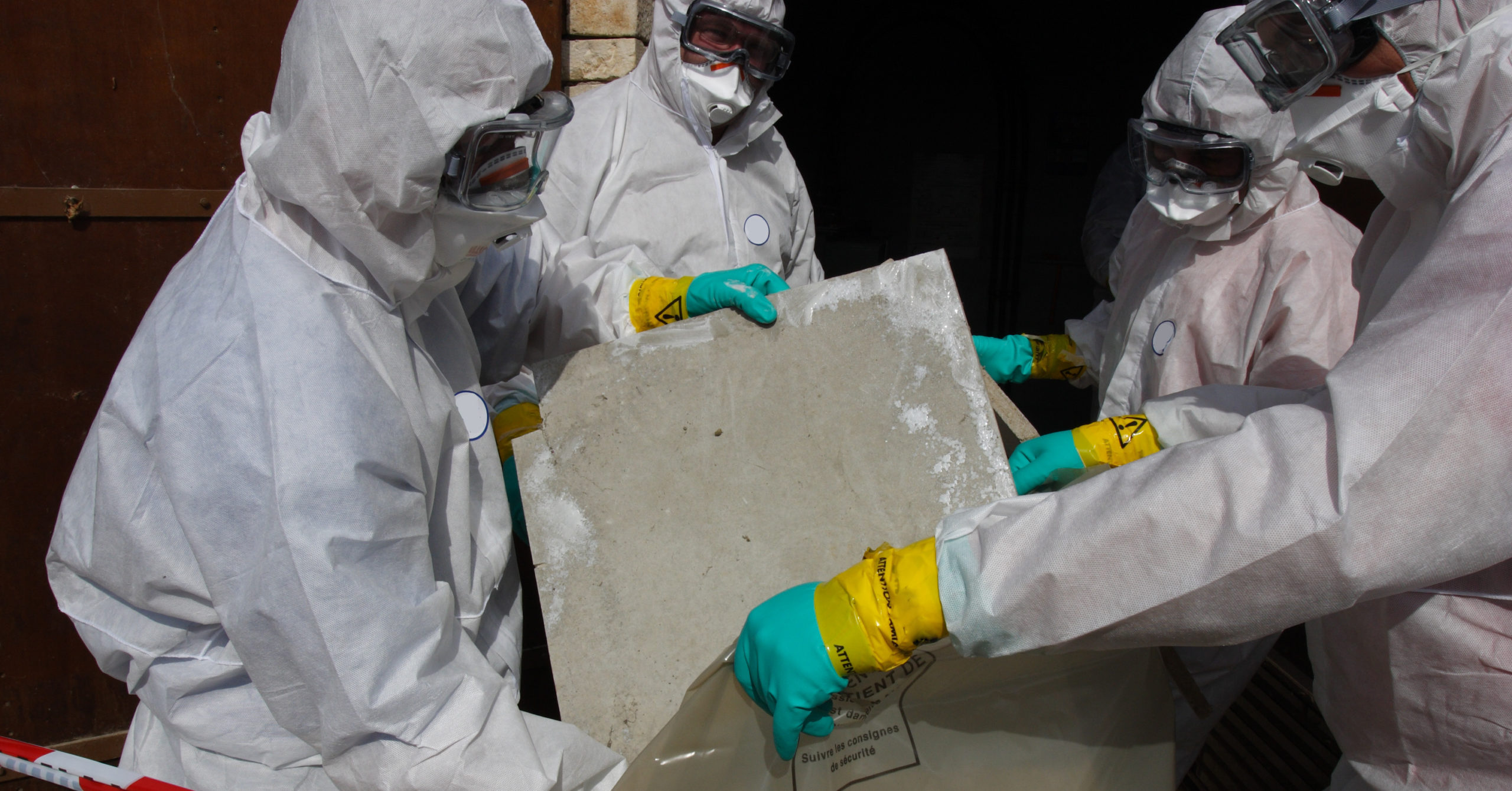At one of his last public events, the founding director of Safer Chemicals Healthy Families Andy Igrejas accepted the 2017 Tribute of Inspiration award from Asbestos Disease Awareness Organization (ADAO) on our behalf. In his remarks, he made it clear that the true honor belonged to all the families who had lost loved ones to asbestos-related diseases and turned their grief into activism to ban asbestos.
Those families notched an important victory last week when U.S. EPA (Environmental Protection Agency) Administrator Michael Regan announced that the EPA will ban the use, manufacture, and import of chrysotile asbestos, one of six harmful asbestos fibers. The largest use of this form of asbestos is in the manufacture of chlorine and caustic soda, which relies heavily on imports of raw asbestos. With 40,000 people dying in this country every year from asbestos-related diseases, this is an historic and important step forward.
But there is more work to be done to truly protect us from this notoriously dangerous substance.
The surprising fact that our country has not yet banned asbestos—despite its known link to harmful health impacts—took center stage during discussions of how the 1976 Toxic Substances Control Act (TSCA) was falling far short of protecting public health.
Back then, as we talked with staff and members of Congress about the need for TSCA reform, we found many who were surprised at how broken this 1976 law was, especially when we explained that EPA had worked for years to ban asbestos, only to have the ban struck down in court in 1991. They recognized that, if EPA couldn’t use TSCA to tackle this known carcinogen, they certainly could not protect the public from the tens of thousands of other chemicals that we are exposed to every day in the products we buy, in our homes, and in our workplaces.
The lack of any bans on asbestos was noted by President Obama during his June 2016 signing of the Lautenberg Chemical Safety Act, which reformed the 1976 TSCA, when he said that the U.S. chemical system under TSCA was “so complex, so burdensome that our country hasn’t even been able to uphold a ban on asbestos. I think a lot of Americans would be shocked by all that.”
By amending TSCA, Congress gave EPA new tools to eliminate asbestos from U.S. commerce and expected it to use them forcefully. As we now know, it didn’t go that way.
In 2017, in one of the first actions under the newly reformed TSCA, the Trump EPA announced that it would look only at one form of asbestos and that it would not look at “legacy” uses of asbestos—the asbestos that was used for decades to insulate and fireproof buildings across the U.S. “Legacy” asbestos is still found in the insulation, plaster, and floor tiles in our homes, our kids’ schools, and in our workplaces. It is being hauled out of buildings that are being torn down and rebuilt in towns and cities across the country.
Working with allied organizations, we took the EPA to court and prevailed when the U.S. Court of Appeals for the Ninth Circuit found in Safer Chemicals Healthy Families v. U.S. EPA that TSCA required EPA to evaluate exposures to “legacy” uses in its risk evaluations.
Now, nearly six years after TSCA reform was signed into law, EPA has proposed a rule that bans the import, use, and manufacture of one type of asbestos fiber.
Glad as we are to see this action, it’s important to note that there is more work to be done.
In August 2020, EPA’s Science Advisory Committee on Chemicals (SACC) recognized that EPA included “only a limited slice of the exposure” to asbestos when they reviewed EPA’s Part 1 draft risk evaluation and further stated that it “understates its carcinogenic and non-carcinogenic hazards and disregards environmental pathways of exposure. EPA’s new risk management rule must provide an added level of protection to offset the large understatement of exposure and risk in Part 1.”
EPA has taken a welcome and long overdue first step. But, there is more work to be done to protect us from the unacceptable danger we face from asbestos in our homes, our schools, and in workplaces across the country.
In October 2021 settlements with the Asbestos Disease Awareness Organization (ADAO), Safer Chemicals Healthy Families, the American Public Health Association, and four other public health organizations, EPA committed to expanding its planned “Part 2” asbestos risk evaluation to address the deficiencies in “Part 1” by looking at all of the six asbestos fiber types, and to evaluate the risks of “legacy” asbestos found in millions of buildings and in consumer products across the U.S. by December 1, 2024.
We look forward to the EPA finishing the job and protecting us from all forms and uses of this highly toxic substance, including by banning all forms of asbestos.





